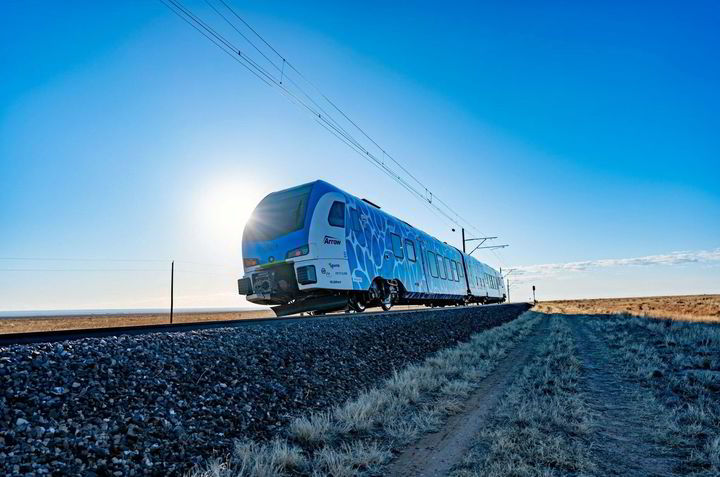But the new nukes they are building will have the capability of making hyrdrogen in massive quantities, then it will be more feasible to have hydrogen trains.
No nuclear reactor, old or new, can produce hydrogen directly. The direct product of any nuclear reactor is heat. There are two ways to use that heat to produce hydrogen:
A) Electrolysis. For that, nuclear energy first needs to be converted to electricity before converting to hydrogen.
But once we converted the energy into electricity, we are better off just transmitting it to the trains via the overhead wires. Converting to hydrogen at the nuclear plant, then back to electricity in the locomotive, just means additional losses.
B) A thermo-chemical cycle: a set of chemical reactions driven by heat, resulting in the breakage of water molecules to hydrogen and oxygen, and regeneration of all other reactants.
Example:
http://en.wikipedia.org/wiki/Sulfur-iodine_cycle. Note that other cycles are known as well.
Potentially, such a thermo-chemical transformation of nuclear energy to hydrogen might be more efficient than the conventional transformation to electricity. In that case, hydrogen trains might beat electric trains.
But unfortunately, thermo-chemical cycles come with their own challenges. Research has been going on for decades, but no industrial scale process has been developed so far.
Therefore, if any company or organization claims it can produce cheap hydrogen using thermo-chemical transformations, I would not believe them before they enter the existing commercial hydrogen market. Once that happens, allocation of public funds to design hydrogen trains may be considered. But, not before that.








